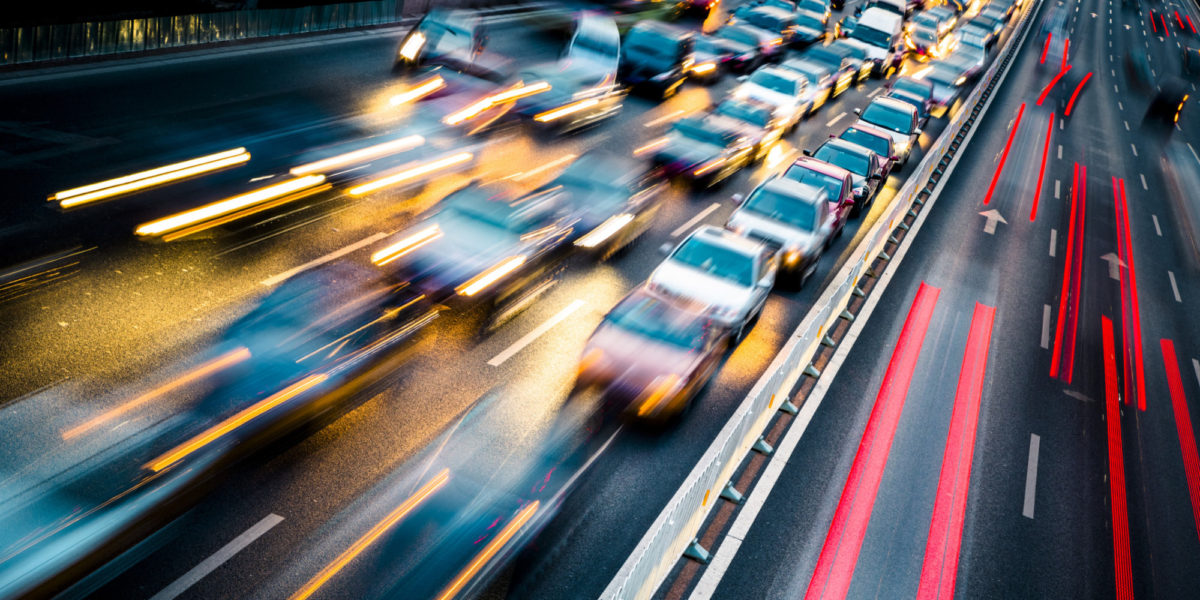In the first volume of October 2016, The Economist contained an article in which a very interesting solution was proposed to the ever-increasing traffic intensity accompanying the vast population growth in urban areas. By means of an app, a user can easily navigate through different options that will bring him from A to B. The options differ in terms of travel time, price and transport type (The Economist, 2016). Indeed, the app that was examined (called Whim), displays not only the traditional public transport possibilities like the tram and bus, but also incorporates transportation services of private parties (think of bike rentals, for example). The future success of this project is attributed to two main trends. Firstly, the widespread presence of smartphones renders it worthwhile to offer such a service through the mobile network. Secondly, the rise of the sharing economy motivates an increasing number of consumers to reallocate scarce goods more efficiently (e.g. AirBnB and Peerby). In addition to increased environmental consciousness, these factors are believed to stimulate the younger generations to waive car usage.
However, many past studies have identified a variety of incentives that motivate car users to hold on to their personal transportation device. For example, Jensen (1999) points out the importance of perceived ‘freedom’. Car users fulfill their desire to act freely by purchasing a car as a consumer item in the first place, or by driving a car to wherever or at whatever speed they want. Unfortunately, Jensen mentions accurately, this type of car user overlooks the paradox that in fact their car use (driven by freedom) increases traffic intensity and indirectly hijacks the ability to drive freely and unrestricted. Furthermore, Anable (2005) continues, there’s an antagonist to ‘freedom’ that is extremely important in determining the intensity of car use: ‘car dependency’. By means of statistical analysis, Anable was able to infer that individuals whose car use was relatively high and whose attitude towards car alternatives was relatively negative, had the feeling to be largely dependent on their automobile.
Thus, Beirão et al. (2007) argue, the most effective way to change the perception of public transport alternatives, is to adjust the quality of the service to the standards as required by existing users and potential users. In relation to Anable’s analysis, this would imply a reduction of the ‘urge’ of possessing a car. Only such changes of intrinsic attitude are decisive for the success of public transportation systems (Beirão et al., 2007). To conclude, we have solid reasons to believe that an app integrating all sorts of transport and their respective prices has serious chances of redefining the transportation industry in urban areas. However, a selection of relevant research has shown that at the root of such success, there lies an important task to manipulate the impeccable psychological value a car offers to its driver. But by bundling efforts from psychological as well as technology-driven areas, I have good hopes that in the long-run, traffic intensity and public health in urban areas will be improved by large.
The Economist. (2016). It starts with a single app. [online] Available at: http://www.economist.com/news/international/21707952-combining-old-and-new-ways-getting-around-will-transform-transportand-cities-too-it [Accessed 11 Oct. 2016].
Jensen, M. (1999). Passion and heart in transport — a sociological analysis on transport behaviour. Transport Policy, 6(1), pp.19-33.
Anable, J. (2005). ‘Complacent Car Addicts’ or ‘Aspiring Environmentalists’? Identifying travel behaviour segments using attitude theory. Transport Policy, 12(1), pp.65-78.
Beirão, G. and Sarsfield Cabral, J. (2007). Understanding attitudes towards public transport and private car: A qualitative study. Transport Policy, 14(6), pp.478-489.


Dear Max,
Thank you for your interesting article. I had not heard of Whim before and read into a little a bit.
Seems like it will offer very interesting packages that bundle monthly travel requirements at a fixed price. The Economist states the following example: ” For perhaps €95 ($106) a month it might offer free city-wide public transport, 100km of local taxi use, 500km of car rental and 1,500km on national public transport.”
Seems to me like if this becomes successful, it could really transform transportation.
Luca